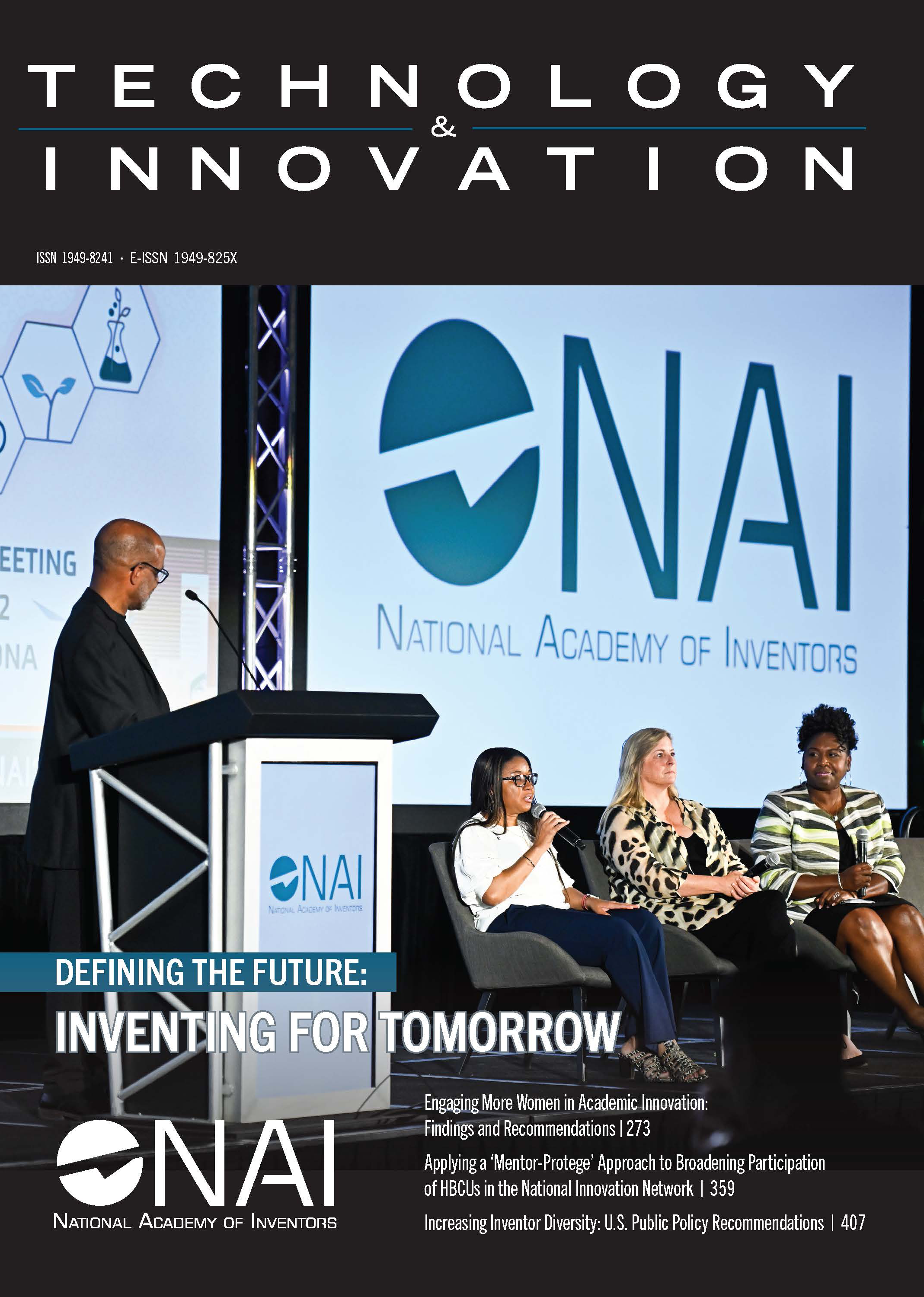Technology and Innovation, edited and published by the National Academy of Inventors, is a forum for presenting information encompassing the entire field of applied sciences, with a focus on transformative technology and academic innovation. Regular features of T&I include commentaries contributed by the United States Patent and Trademark Office (USPTO) and in-depth profiles of Fellows of the National Academy of Inventors in every issue.

